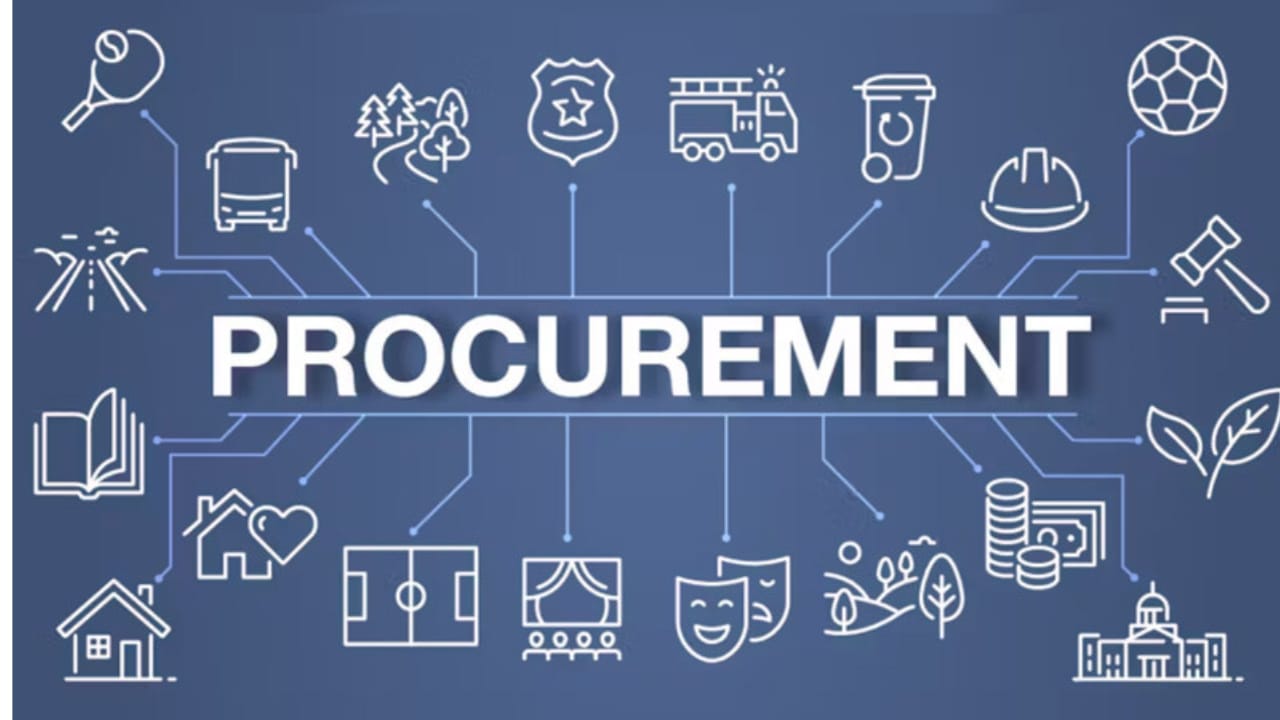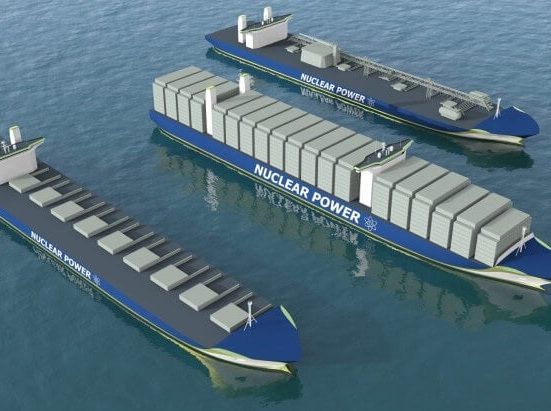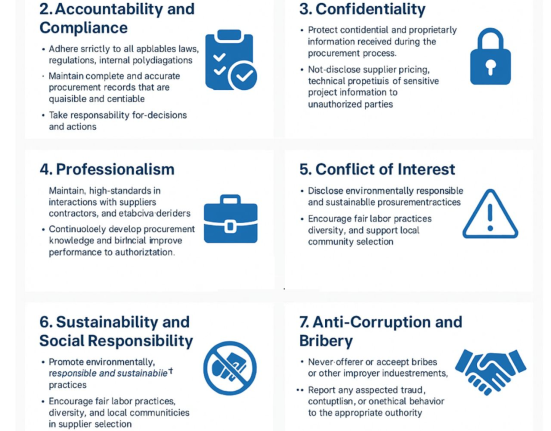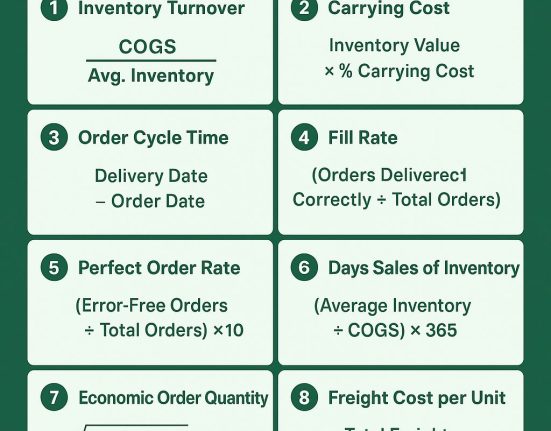Procurement Management Across Industries: How toExcel in Any Business Environment
Procurement is not a fixed role — it’s an adaptive discipline that changes shape according to the nature of the business.
What you buy, when you buy it, and how value is measured all depend on whether you’re in a manufacturing, service, trading, or agricultural company.
Yet, the essence remains the same: delivering the right quality, at the right time, at the right cost.
Let’s explore how procurement differs across industries — and how a strong procurement leader can succeed in any of them
- Procurement in Industrial Companies (Manufacturing Sector)
In manufacturing environments, procurement is the heartbeat of production.
A single delay in raw material delivery can stop an entire production line.
– Focus: Raw materials, spare parts, machinery, packaging, and maintenance services.
– Key Objectives: Supply chain stability, inventory optimization, and total cost reduction.
– Main Challenges: Balancing safety stock with cash flow, and managing logistics and import lead times.
📌 Example:
In a textile or plastics factory, a two-day delay in polyester feedstock can halt operations.
A successful procurement manager anticipates such risks — maintaining safety stock,
negotiating flexible delivery terms, and coordinating closely with logistics and production teams. - Procurement in Service Companies
In service-oriented organizations like telecoms, hospitals, or consulting firms, there is no “production line.”
Procurement here supports service quality and operational efficiency rather than manufacturing output.
– Focus: Outsourced services, software licenses, facility management, training, and consultancy contracts.
– Key Objectives: Vendor performance, cost control, and compliance with service-level agreements (SLAs).
– Main Challenges: Measuring intangible value and ensuring consistent service delivery.
📌 Example:
In a hospital, procurement sources medical devices, sterilization services, and healthcare software.
The right supplier is not just the cheapest — but the one that ensures reliability, certification, and after-sales support.
- Procurement in Trading or Commercial Companies
In trading companies, procurement is a profit-driving function, not just a support activity.
Every dollar saved directly increases the margin.
–Focus: Finished goods for resale (retail or wholesale).
– Key Objectives: Buy at the lowest possible price while ensuring quality and availability.
– Main Challenges: Market volatility, demand forecasting, and managing inventory turnover.
📌Example:
A trading company importing electronics can gain a competitive advantage by securing a bulk
purchase before global prices rise — improving both profit margin and market share. - Procurement in Agricultural Companies
The agricultural sector adds a unique dimension — timing and seasonality.
Procurement decisions must align perfectly with crop cycles and weather patterns.
– Focus: Seeds, fertilizers, pesticides, irrigation systems, feed, and machinery.
– Key Objectives: On-time purchasing before planting seasons, ensuring product quality and regulatory compliance.
– Main Challenges: Seasonal time pressure, supplier reliability, and high price fluctuations.
📌Example:
A delay of just one week in fertilizer delivery can ruin an entire season.
Procurement managers in agriculture must plan months ahead and maintain strong relationshipswith local and international suppliers.
⚙️Common Factors Across All Industries
Despite their differences, successful procurement functions share a common foundation:
-Strategic supplier evaluation and selection
– Cost optimization and value creation
– Contract and risk management
– Market intelligence and negotiation skills
– Cross-functional collaboration with finance, logistics, and operations
These are the core competencies of every high-performing procurement professional.
How to Be a Procurement Leader in Any Company
The key is to shift your mindset from “what you buy” to “why you buy” and “how it adds
value.”
1.Understand the business model — know what drives revenue and value creation.
2.Align procurement with strategy — every purchase must support the company’s main objectives.
3.Use analytics and digital tools — ERP, Power BI, and spend analysis dashboards enhance visibility and decision-making
4.Build a strong supplier network — always have reliable alternatives.
5.Stay adaptable — learn each industry’s dynamics while applying universal procurement principles.
A true procurement leader can move from buying polymers in a textile factory to sourcing
software in a tech firm — because the fundamentals of value, timing, and negotiation never
change.
🏁 In Conclusion
Procurement may look different from one sector to another,
but its purpose remains constant: to deliver measurable value through smart, strategic, and
ethical sourcing.
Whether you’re securing raw materials, service contracts, or agricultural inputs — excellence in
procurement means creating value for the business, not just processing purchase orders.
That’s what makes you not just a buyer — but a business partner and a strategic leader
Writen By Mr. Bassem Amin
Foreign Procurement Manager at EFCO – OW Group







Leave feedback about this